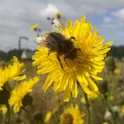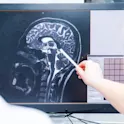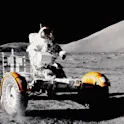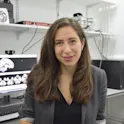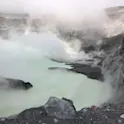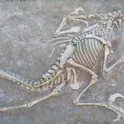
Featured news
25 Feb 2022
Children may instinctively know how to do division even before hitting the books, study finds
By Peter Rejcek, science writer Image: Fizkes/Shutterstock.com Beginning at an early age, children can perform simple mathematical calculations using an intuitive ability to compare and estimate sets of objects. A new study published to Frontiers suggests this approximate number system extends to division. We often think of multiplication and division as calculations that need to be taught in school. But a large body of research suggests that, even before children begin formal education, they possess intuitive arithmetic abilities. A new study published in Frontiers in Human Neuroscience argues that this ability to do approximate calculations even extends to that most dreaded basic math problem – true division – with implications for how students are taught mathematical concepts in the future. The foundation for the study is the approximate number system (ANS), a well-established theory that says people (and even nonhuman primates) from an early age have an intuitive ability to compare and estimate large sets of objects without relying upon language or symbols. For instance, under this non-symbolic system, a child can recognize that a group of 20 dots is bigger than a group of four dots, even when the four dots take up more space on a page. The […]
